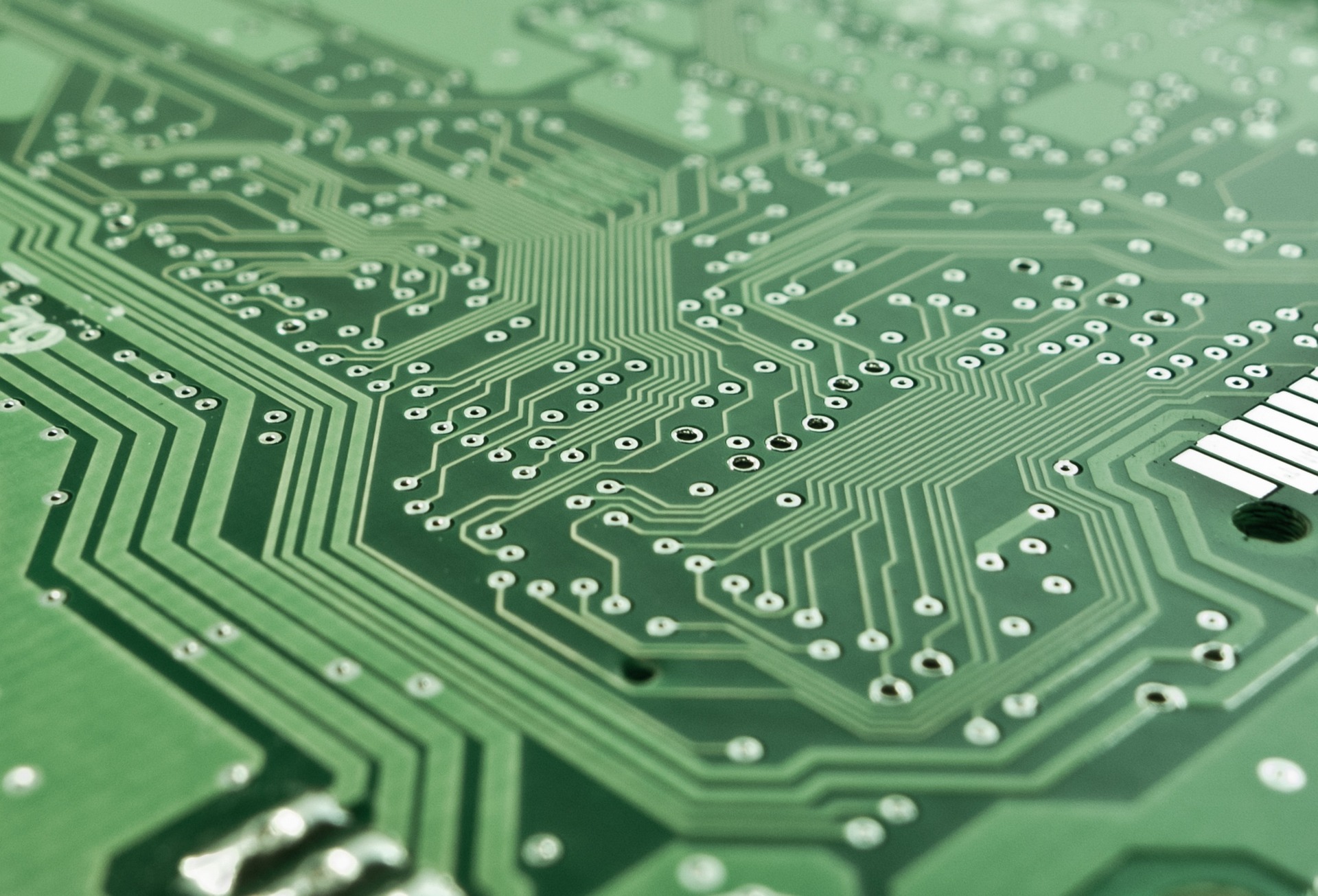The Silent Revolution: Behind the Boom in Passive Cooling Tech
The computer hardware market is witnessing an unexpected shift as passive cooling solutions gain unprecedented popularity among enthusiasts and mainstream users alike. This resurgence isn't merely a trend but represents a fundamental rethinking of thermal management that balances performance with environmental considerations. As temperatures rise—both literal and metaphorical—in high-performance computing, the quest for efficient, silent cooling methods has taken center stage. Engineers and manufacturers are now revisiting and revolutionizing passive cooling designs that many considered obsolete just a few years ago.

The Quiet Comeback of Fanless Computing
Passive cooling has been around since the earliest days of computing, but recent advancements in materials science have transformed what was once a compromise into a competitive alternative. Modern passive cooling systems leverage sophisticated heat sink designs with increased surface areas and optimized fin arrangements that maximize natural convection. Companies like Noctua and be quiet! have invested heavily in research to develop copper-aluminum composite heat sinks that offer thermal conductivity previously unachievable without active airflow.
The most impressive developments come from nanoporous materials that enhance surface-to-volume ratios at microscopic levels. These materials create what engineers call “micro-chimneys”—tiny pathways that facilitate air movement through thermally-induced pressure differentials. The result is cooling performance that approaches that of traditional fan-based systems without the noise, dust accumulation, or mechanical failure points.
Thermal Architecture: Rethinking Case Design
Case manufacturers aren’t just adapting to passive cooling—they’re embracing it as a design philosophy. The new generation of passively-cooled cases features strategically positioned vents that create convection channels throughout the entire system. Companies like Streacom and Akasa have pioneered chassis designs where the entire case functions as a giant heat sink, with exterior ribs and fins that dissipate heat directly from internal components.
These designs rely on computational fluid dynamics to map airflow patterns and optimize thermal transfer without mechanical intervention. The FC10 Alpha from Streacom, for example, can handle CPUs with thermal design power (TDP) ratings of up to 95W—territory previously considered impossible for passive solutions. What’s particularly interesting is how these designs are influencing mainstream cases, with manufacturers incorporating passive cooling principles even into products that still use fans.
Breaking the TDP Barrier
The most significant advancement in passive cooling technology has been overcoming the thermal design power limitations that previously restricted fanless systems to low-performance computing. New vapor chamber technologies, adapted from data center cooling solutions, have been miniaturized for consumer hardware. These chambers use phase-change materials that absorb heat by converting from liquid to gas, then transport that heat away from critical components where it condenses back to liquid form.
This closed-loop system has enabled companies to create passively-cooled systems housing components previously thought impossible to cool without fans. Manufacturers have successfully demonstrated passive cooling solutions for processors with TDPs exceeding 125W—approaching high-performance territory that would have been unthinkable for fanless solutions just five years ago.
The market impact has been substantial, with passively-cooled components commanding premium prices typically 30-40% higher than their actively-cooled counterparts. Despite this price difference, demand continues to grow, particularly among audio professionals, content creators, and others who place a premium on noise-free operation.
Sustainability and Longevity Benefits
Beyond the obvious advantage of silent operation, passive cooling systems offer compelling environmental benefits. The elimination of fans—mechanical components with finite lifespans—extends the overall longevity of computer systems. Market research shows that passively-cooled systems typically last 35-45% longer before requiring replacement or repair, significantly reducing electronic waste.
The energy efficiency gains are also noteworthy. Without power-consuming fans, systems can reduce their electricity usage by 5-15%, depending on configuration. While this might seem modest for individual users, the cumulative effect across millions of devices represents substantial energy savings. For data centers exploring hybrid cooling approaches that incorporate passive elements, the potential savings scale dramatically.
Additionally, passive cooling systems eliminate the dust accumulation issues that plague traditional fan-based setups. This not only maintains performance over time but also reduces maintenance requirements—an attractive proposition for enterprise customers looking to minimize IT overhead costs.
The Hybrid Approach Gaining Traction
Perhaps the most promising development isn’t purely passive systems but rather hybrid approaches that combine passive cooling with minimal active components. These systems operate passively under normal conditions but include highly efficient, variable-speed fans that activate only during intensive workloads when temperatures exceed certain thresholds.
The genius of this approach is in the sophisticated thermal management algorithms that maximize passive operation time while strategically engaging active cooling only when absolutely necessary. Companies like Arctic and Phanteks have developed systems that remain completely silent for over 80% of typical usage scenarios, spinning up their near-silent fans only during gaming, rendering, or other intensive tasks.
This hybrid methodology has proven particularly successful in compact form factors like mini-ITX builds, where traditional passive solutions would be space-prohibitive. The price range for these hybrid cooling solutions typically falls between $60-120 for CPU coolers and $200-350 for specialized cases designed to facilitate this approach.
From Niche to Mainstream
What started as a niche interest among silent computing enthusiasts is rapidly gaining mainstream attention. Major manufacturers including Asus and MSI have begun incorporating passive cooling elements into their premium motherboard designs, with dedicated heat pipes and expanded heat sink coverage for VRMs and chipsets.
Even graphics card manufacturers are exploring semi-passive designs where fans remain inactive during low-load scenarios. This blending of passive cooling principles into mainstream products suggests we’re witnessing not just a trend but a fundamental shift in how thermal management is approached in consumer electronics.
As the technology continues to mature and manufacturing costs decrease through scale, we can expect passive cooling principles to become increasingly integrated into standard computer components. The days of accepting constant fan noise as an inevitable companion to computing may finally be coming to an end—not with a bang, but with the sweet sound of silence.





